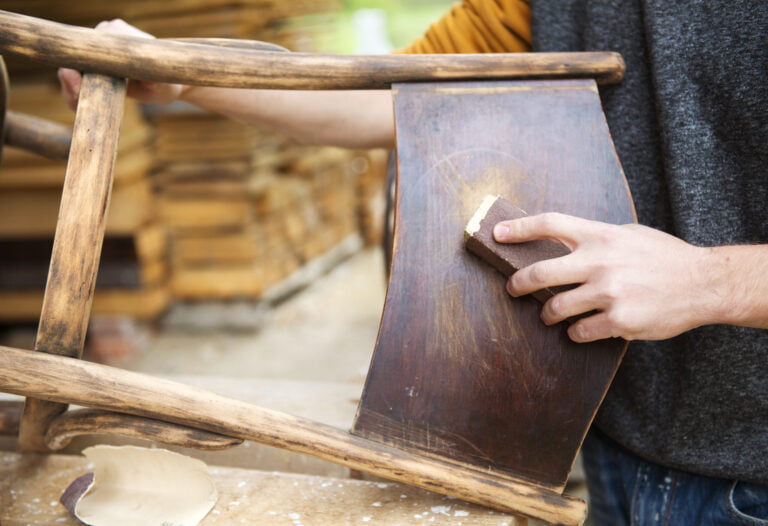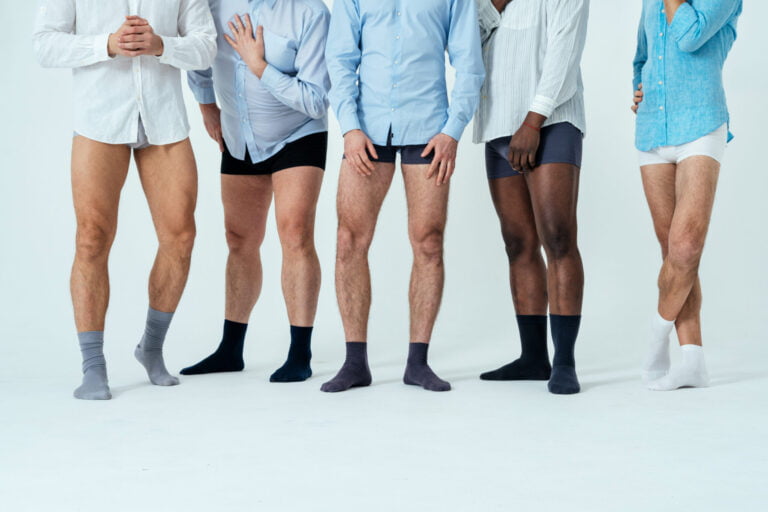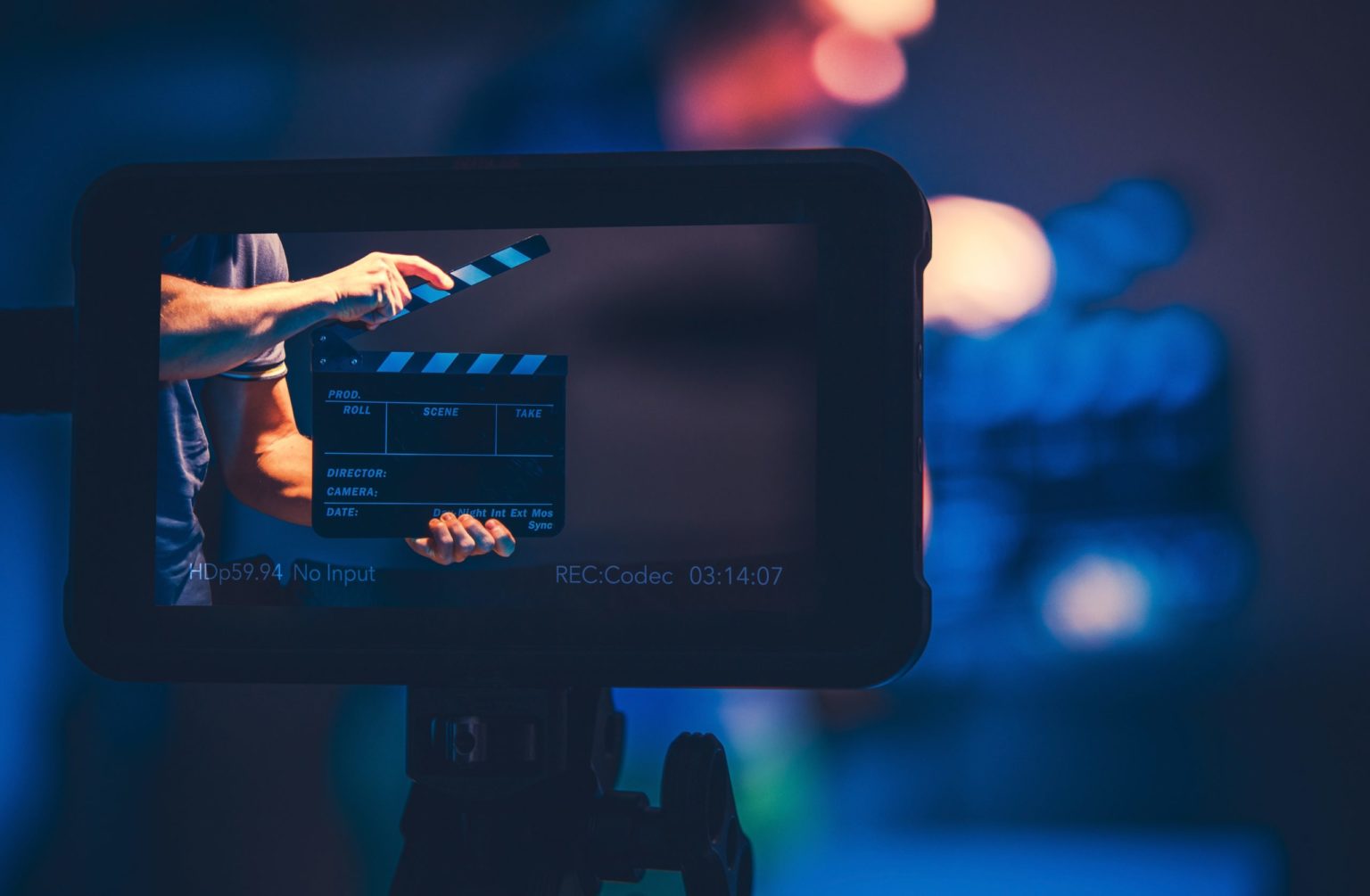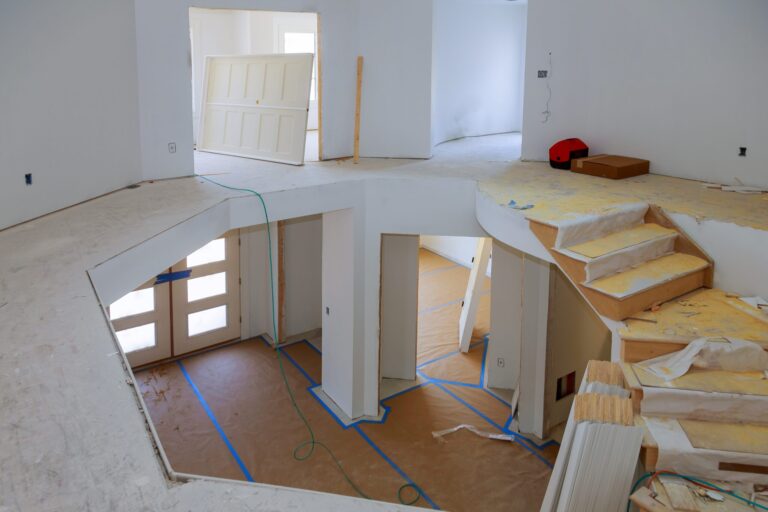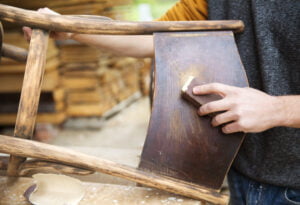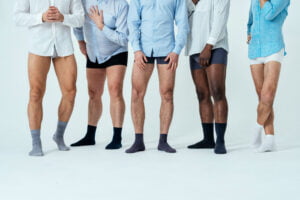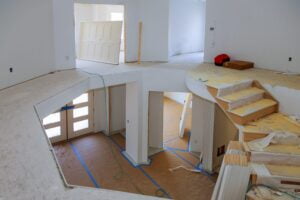To make a good film, you need to understand the basics of lighting. It’s not as simple as just turning on a light. You need to think about the different types of light, the quality of the light, and how to use light to create the desired effect. Keep reading to learn the basics of lighting in film production.
What is film production lighting?
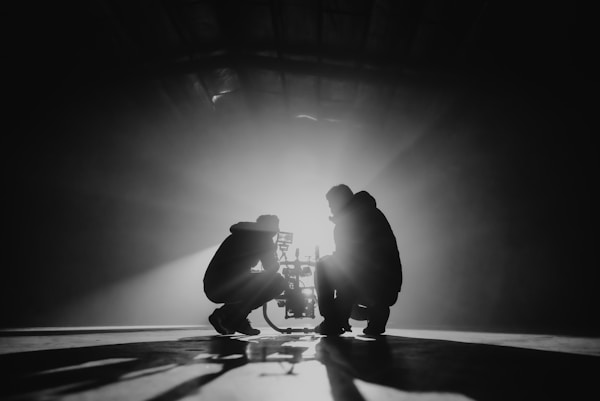
Lighting is one of the most important aspects of filmmaking. The different levels of lighting can make or break a scene. In order to avoid creating an artificial-looking scene, it is important to use light correctly. There are three main types of lighting: key light, fill light, and backlight. The key light is the primary source of light and should be placed in front of the subject. The fill light helps to soften the shadows created by the key light and should be placed behind the subject or to the side. The backlight creates a halo effect around the subject and should be placed behind them. It is also important to use different colors of light to create different moods. For example, blue lights can create a cold, tense feeling while yellow lights can create a warm, cozy feeling.
An example of a lighting technique is double down lighting. Double down lighting is a technique that is used to create a sense of depth in a scene. It involves using two lights positioned close to each other and at different angles. The light that is closest to the camera will be pointed towards the subject, while the light that is further away will be angled towards the background. This creates a contrast between the areas that are lit and those that are dark, which helps to create the illusion of depth.
What is low-key lighting?
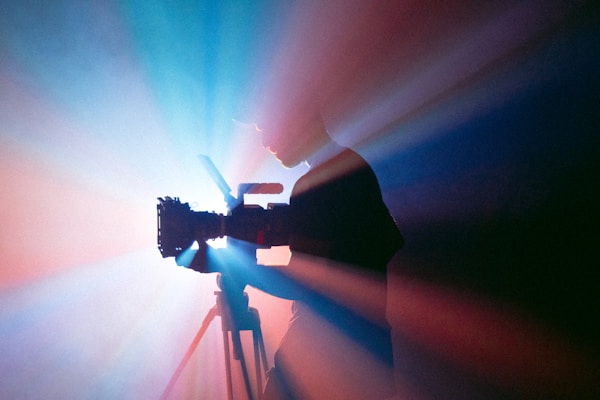
Lights can also be placed high or low, depending on the desired effect. Low-key lighting is a style of lighting that creates an effect of shadows and depth. It is often used to create a mood or atmosphere in a scene. Low-key lighting can be achieved by using a single light source and placing it low in the frame. This will create deep shadows and emphasize textures. Alternatively, you can use multiple light sources to achieve a similar effect. High-key lighting is the opposite of low-key lighting and is used to create bright, evenly lit scenes. It can be achieved by using multiple light sources or by using a large light source positioned close to the subject.
What are some camera settings for lighting?
When it comes to today’s cameras, there are a few things you need to take into account in terms of lighting. The first is the type of light you’re using. There are three main types: natural light, artificial light, and mixed light. Natural light is the easiest to work with, as it doesn’t require any adjustments on your part. Artificial light can be either tungsten or daylight balanced, while mixed light is a combination of both. To get the best results from artificial or mixed light sources, you’ll need to adjust your camera’s white balance accordingly.
The second thing you need to consider when setting up your camera for lighting is the aperture. The aperture determines how much light enters the lens, and it’s expressed in f-stops. The lower the number, the wider the aperture and vice versa. When shooting with artificial or mixed light sources, you’ll want to use a narrower aperture (higher f-stop) to ensure that enough light reaches the sensor. This will also help create more depth of field in your shots.
Finally, you’ll also need to adjust your shutter speed depending on the type of lights being used. If you’re using tungsten lights, then you’ll want to set your shutter speed to 1/60th of a second or slower to avoid flicker. If you’re using daylight-balanced lights, then no adjustment is necessary as they will match the shutter speed automatically.
Conclusion
Overall, the basics of lighting in film production are important because they help to create the mood and atmosphere of the scene. They also help to ensure that the actors and the scene are visible to the audience.


